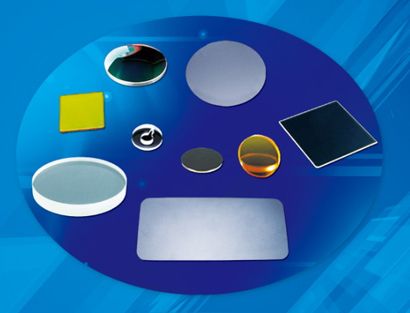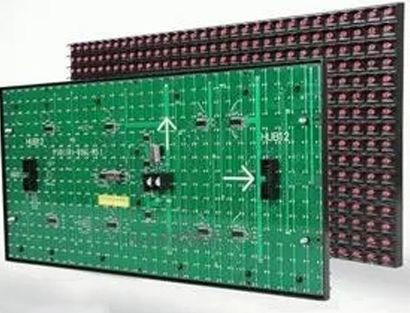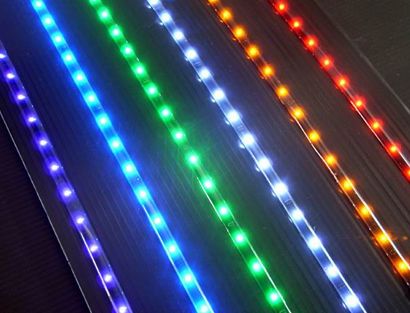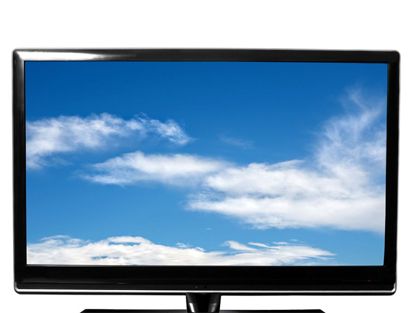+86 183 02053458
Photoelectric Products
Test object and test items environment reliability test explain

Photoelectric Products
The purpose of environmental reliability test of optoelectronic products is to predict the quality from the delivery of products to the end of their service life. After selecting the environmental stress with high similarity to the market environment, set the degree and application time of environmental stress, and correctly evaluate the product reliability in a short time as possible. The adaptability under various environmental conditions (temperature, thermal shock, hot tide, salt fog, low pressure, etc.) is one of the important test methods to evaluate the reliability of optoelectronic products
Test Object and Test Items

Photoelectric Film
High temperature storage test (stability baking): the purpose of the test is to assess the impact of high temperature storage on products without applying electrical stress
Temperature cycle test: the purpose of the test is to assess the ability of the product to withstand a certain temperature change rate and the ability to withstand extreme high temperature and extreme low temperature environment. The conversion time shall not be more than 1min, and the holding time under high temperature or low temperature shall not be less than 10min; The low temperature is - 55 ℃ or - 65-10 ℃, and the high temperature ranges from 85 + 10 ℃ to 300 + 10 ℃
Thermal shock test: assess the product's ability to withstand severe temperature change, that is, the ability to withstand large temperature change rate
Low pressure test: assess the adaptability of the product to low pressure working environment (such as high-altitude working environment)
Moisture resistance test: the ability of microcircuit to resist decay under humid and hot conditions is evaluated by applying accelerated stress. It is designed for typical tropical climate environment
Salt spray test: the accelerated method is used to evaluate the corrosion resistance of exposed parts of components under salt spray, humid and hot conditions. It is designed for tropical seaside or marine climate environment

Optical Device
High temperature test: + 70 ℃, + 55 ℃, + 85 ℃ for 6h or 16h high temperature environment test;
Low temperature test: - 35 ℃, - 25 ℃, - 55 ℃ for 16h low temperature environment test;
Temperature cycle: the temperature range is - 35 ℃ ~ + 63 ℃, the high and low temperature points are maintained for 2.5h respectively, and the temperature rate is 2℃ / min, with a total of 5 cycles;
Constant damp heat: temperature 40 ℃, humidity 93% R.H, test 240h;
Alternating damp heat: 240h or 120h alternating damp heat environmental test according to GB / T 2423.4-2008 standard;
Salt spray test: neutral salt spray test, 5%NACL solution, continuous spray 48H
After the test, it is determined that the appearance of the sample is free of cracks, blisters and other defects, and the product reliability is good

Photoelectric Module
Storage test: determine whether optoelectronic devices can withstand high temperature and low temperature transportation and storage;
Temperature cycle: determine the ability of optoelectronic devices to withstand extremely high temperature and extremely low temperature, and the impact of alternating changes of extremely high temperature and extremely low temperature on optoelectronic devices;
Constant damp heat: determine whether sealed and unsealed optoelectronic devices can withstand the specified temperature and humidity at the same time;
High temperature life: determine the high temperature accelerated aging failure mechanism and working life of optoelectronic devices;
High temperature accelerated aging: the most basic environmental stress high temperature in the process of accelerated aging. During the experiment, the selected parameters shall be monitored regularly until the degradation exceeds the end of life;
Constant temperature test: the constant temperature test is similar to the high-temperature operation test. The number of samples and allowable failure number of constant temperature test shall be specified.
Variable temperature test: the high temperature accelerated aging test with variable temperature is to increase the temperature regularly and gradually in sequence (for example, 60 ℃, 85 ℃ and 100 ℃).

LED Diode
Taking the environmental reliability test of surface mounted LED as an example
JEITA ed-4701 100 105 temperature cycling test: - 40 ℃ ~ + 25 ℃ ~ + 100 ℃ ~ + 25 ℃ 30min 5min 30min 5min cycling for 100 rounds
Mil-std-202g cold and hot shock test: - 40 ℃ - 70 ℃ 15min 15min cycle 300 rounds
JEITA ed-4701 200 203 high humidity heat cycle test: + 30 ~ 65 ℃ r.h.90% 24h / 1 cycle for 50 cycles
JEITA ed-4701 200 201 high temperature storage: + 100 ℃ 1000h
JEITA ed-4701 200 201 low temperature storage: - 40 ℃ 1000h
JEITA ed-4701 100 103 high temperature and high humidity storage: + 60 ℃ r.h.90% 1000h

LCD Display
In the temperature range of -40 ℃~+70 ℃, it has passed the experimental test of continuous operation for 96 hours under 60 ℃, 90% R.H. humidity, high-temperature operation test, low-temperature operation test, high-temperature storage test, low-temperature storage test, humidity load test, constant damp heat, vibration test, transportation test, etc;
High temperature constant test: when the liquid crystal material is close to the extreme temperature, the low-temperature viscosity increases and the response speed slows down. At high temperature, the refractive index of liquid crystal changes greatly with temperature. In order to minimize the influence of temperature change on LCD, optimize liquid crystal allocation and liquid crystal cell structure, and change the display performance under extreme temperature;
High and low temperature alternating test: due to the optical characteristics caused by the change of liquid crystal layer with temperature and the change of liquid crystal layer thickness, the cell thickness is not suitable to be fixed. Therefore, the expansion coefficient of gasket and gasket should be similar to that of LC. At high temperature, it expands with the box; thickness, eliminating the possibility of liner movement; Shrink together with the box thickness at low temperature to prevent cavity;
Low temperature and cold resistance test: the gasket with strong heat resistance and corrosion resistance can not completely solve the problem of low temperature cavity. The box forming conditions, the density and uniformity of gasket particle size;
Climate test: the frame glue is coated by screen printing. According to the combination of the mesh number of the screen and the viscosity and thixotropy of the frame glue, cooperate to develop more suitable glue to ensure the quality of printing and reduce the generation of bubbles. So as to increase the contact area between glue and glass and increase the reliability of bonding;
Partners
Tel.: +86 0769 8880 8158
Mobile/What's App/WeChat: +86 183 02053458
Email: jane@dgzhongzhi.com
Add.: No. 417, Shatian Section, Port Road, Shatian Town, Dongguan City, Guangdong Province, 523981, China.
Request a Quote